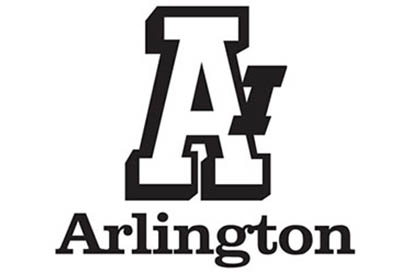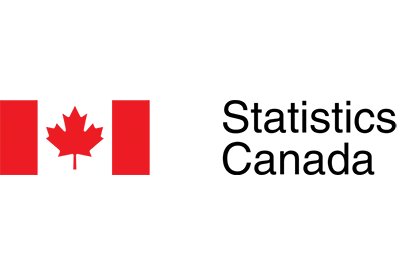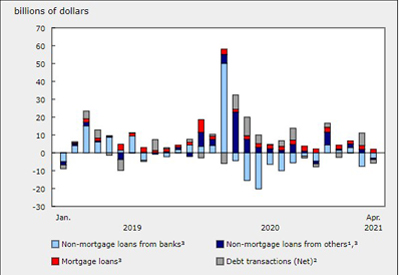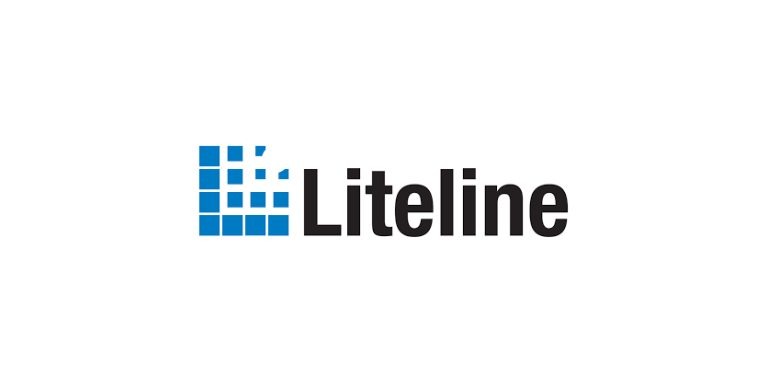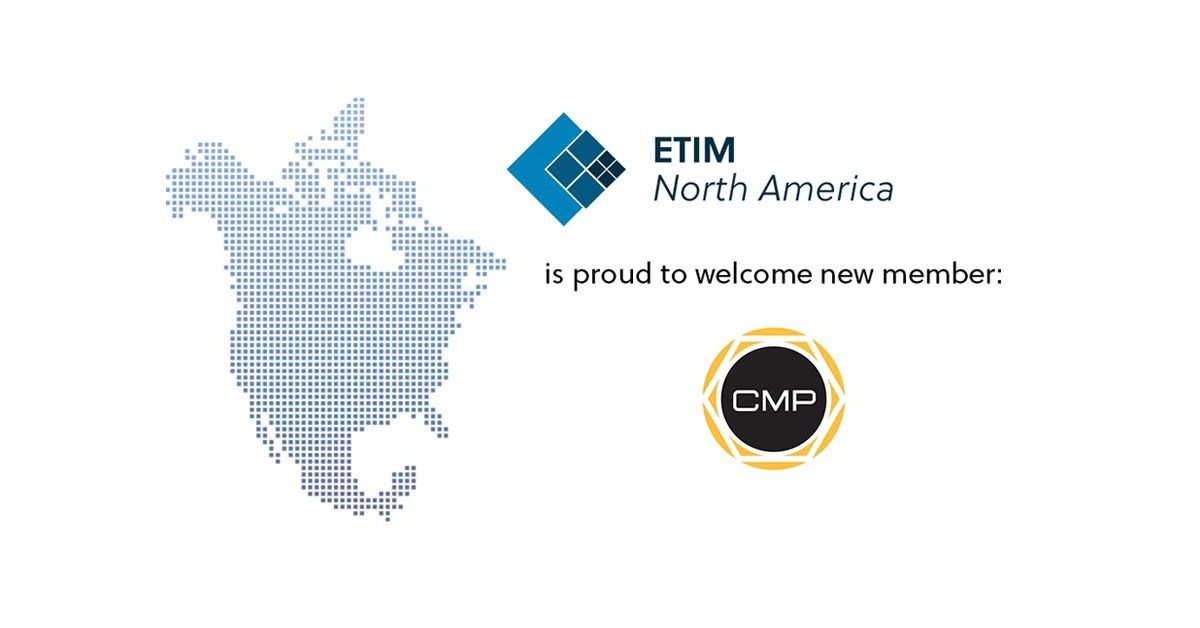Creating a Safe Workplace for Women

Dec 17, 2018
By Mark Chapeskie
I was recently at a high level discussion listening to several tradeswomen speak about their experiences working in a field dominated largely by men (5% of the trades workforce is made up of women in Canada). Quite frankly, I was appalled at what they had experienced in their professional lives. It got me thinking. Are there not some lessons we could learn from other areas of professional work that have created systemic behaviour change at the company level elsewhere? Having recently worked under the umbrella of an international environmental consultancy, the safety example came to mind.
Several years ago I read Charles Duhigg’s book, The Power of Habit: Why we do what we do in life and business. Duhigg shares a great story about the former CEO Paul O’Neil of Alcoa (a major steel industry producer in the United States) and what he did to change his company’s abysmal safety record.
Shortly after taking the job, Paul led a shareholder meeting with the following statement:
“I want to talk to you about worker safety,” he said. “Every year, numerous Alcoa workers are injured so badly that they miss a day of work. I intend to make Alcoa the safest company in America. I intend to go for zero injuries.”
Investors that were used to hearing about profits nearly stampeded out of the room to sell off shares. But Paul stuck to the course and today Alcoa is quite literally one of the safest companies to work for in the United States — even after his departure in 2000. If the investors in the room had stayed with Paul, their share value would be five times what it was that day. Paul’s plan to focus on safety reduced lost productivity due to injury and improved communication from the shop floor up to management. He created a system where safety was made paramount.
Companies across North America have now recognized the business case and created their own systems to track safety and improve performance.
- Big companies track metrics like their total recordable incident rate (TRIR) and motor vehicle incident rate (MVIR).
- They have monthly safety review meetings with all staff and attendance is tracked to performance.
- There are safety captains and committees to review localized specific procedures.
- There are job safety environment and analysis reviews not just by occupation but specific worksites.
- There is safety training tailored to occupations and jobs and safety equipment and personal protective equipment is provided specific to the job.
- When safety performance slips, i.e., there is a spike in TRIR or MVIR for example, there may be a safety stand down where literally thousands of people stop work to discuss the incident, what went wrong and how we can all do better. Think about that – 15 minutes of ‘lost productivity’ for thousands of workers to recognize a single incident and the importance of evaluating and discussing the lessons learned.
What if we applied what we have learned in creating company cultures of safety to company cultures of equity and diversity?
A few ideas for consideration:
1. Leadership needs to lead by example starting with statements like, “We intend to make our company the most gender balanced and inclusive workplace in Canada.”
2. When staff are onboarded, they go through a comprehensive equity and diversity training program. They learn what appropriate behaviour is and they learn the value of diverse points of view. They also learn who they can report incidents of harassment to. In fact, it should be an important call-out during the recruitment process and as part of the company brand.
3. Each company appoints an equity officer whose objective it is to review company policies/procedures and find areas of improvement. The equity officer identifies people regionally/locally that may be good leaders for localized equity programming.
4. Start tracking and reporting on metrics:
a) diversity score as a percentage of total employment. At first this may be a total number, but eventually in order to improve in a specific under-represented group or occupation, reporting on those aggregate numbers will become important. Tracking the “white male workforce” against all other groups is important to recognize. We can’t make change until we can see it in stark contrast.
b) Create and track a harassment index as a number of total employment with a goal of 0. Employees must be made aware of who they report incidents of harassment/discrimination to safely and these numbers should be reported in aggregate. There should never be fear of being blacklisted. And every incident warrants serious discussion. It is also important to retain the confidentiality of those reporting and those who are accused.
c) monthly, companies should report back to all staff on how they’re doing on both indices and what the company is doing to do better.
d) the hardest part will be every single time there is a confirmed incident of harassment and/or discrimination, there is an inclusion stand down where the incident (minus identifying information of course) is discussed in detail and led by local committees in local offices by respected leaders in those offices.
5. A few ideas for specific policies might include mentorship/sponsorship programs. I’m a bigger advocate of sponsorship because it implies the sponsor takes a more active role in advocating for a mentee. It’s more work but ultimately more rewarding for both. Mentorship puts more onus on the mentee to seek out guidance and advice. Furthermore, don’t disregard what an older mentor could learn from a younger mentee.
6. Identifying and celebrating ambassadors of diversity who can represent the company at tradeshows and events and even do presentations at local staff meetings. Distributing their stories via internal communications vehicles will be important.
7. Creating blind resume screening. One person goes through and blacks out the names of anyone applying for a job to avoid conscious and unconscious bias. Resumes are then shared with the hiring committee for review.
8. Interview committees should be more representative, i.e., a female and male interviewer and ideally one more from an under-represented group. For example: aboriginal, person of disability, ethnically and or linguistically diverse, etc. to bring a more diverse point of view to each interview process, create a more fruitful discussion and perspective that may explain why an interviewee behaves or acts in a certain way that isn’t considered a ‘traditional interview norm.’
9. All of this should be tied back to performance management:
a) Not attending a diversity stand down? Reduced bonus at the end of the year or choice shift work is removed.
b) After investigation found to have committed a discriminatory act? Performance management plan introduced and sensitivity training mandatory.
c) For speaking up on behalf of an employee experiencing discrimination? Extra day off.
These are just a few examples that help to reinforce how important the company takes gender diversity.
Lastly, the age-old question: “This is going to cost a lot of money. Why would we do it?”
Companies that hire more women in leadership positions and as members of their boards are more profitable. Full stop. Companies that have a more diverse work force can solve problems and innovate faster. Period.
These are reason enough to start systematically removing barriers to inclusion.
While discrimination and harassment should never have been acceptable, we live in a world today where we have the impetus to change and we should. Now, which company will be the next generation Alcoa? It is after all 2018.
While the above opinions are my own, I am proud to work for an organization that is working with Canada’s electricity sector to promote gender diversity with its National Leadership Accord. For more information or to sign on visit: http://electricityhr.ca/workplace-support/diversity-inclusion/ehrc-leadership-accord/
Mark Chapeskie is Director of Projects, Electricity Human Resources Canada.
Articles supporting this posting
Power of Habit/Alcoa story: https://www.huffingtonpost.com/charles-duhigg/the-power-of-habit_b_1304550.html
Diverse workforce and innovation: https://www.fastcompany.com/40515712/want-a-more-innovative-company-simple-hire-a-more-diverse-workforce
Women in leadership and profitability: http://www.catalyst.org/media/companies-more-women-board-directors-experience-higher-financial-performance-according-latest


